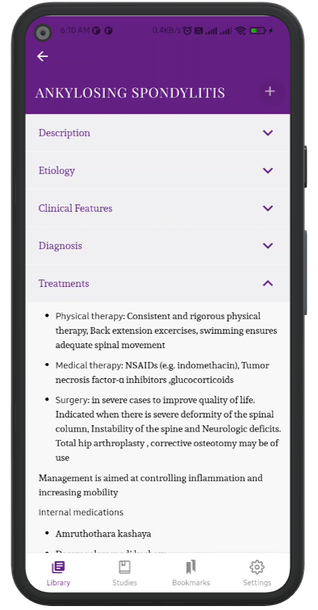DACRYOCYSTITIS
Description
- Dacryocystitis means the inflammation of the lacrimal sac. It may occur in two forms- Congenital and Adult Dacryocystitis
- Congenital Dacryocystitis is an inflammation of the lacrimal sac occurring in newborn infants
- Adult Dacryocystitis may occur in an acute or a chronic form. It is an acute suppurative inflammation of the lacrimal sac, characterised by the presence of painful swelling in the region of the sac
Types
Congenital Dacryocystitis
- Epiphora- copious mucopurulent discharge from the eyes
- Regurgitation test is usually positive, i.e. when pressure is applied over the lacrimal sac area, purulent discharge regurgitates from the lower punctum
- Swelling on the sac area
Chronic Dacryocystitis
Divided into four stages:
Stage of Chronic Catarrhal Dacryocystitis
- Watering eye is the only symptom and sometimes mild redness in the inner canthus
- On syringing the lacrimal sac, either clear fluid or few fibrinous mucoid flakes regurgitate
Stage of lacrimal mucocele
- Epiphora associated with a swelling
- Regurgitation test- Milky or gelatinous mucoid fluid
Stage of Chronic Suppurative Dacryocystitis.
- Due to pyogenic infection, the mucoid discharge becomes purulent, converting the mucocele into pyocoele
- On regurgitation, a frank purulent discharge flows from the lower punctum
Stage of the chronic fibrotic sac
- Small fibrotic sac due to thickening of the mucosa, which is often associated with persistent epiphora and discharge
Acute Dacryocystitis
Divided into 3 stages:
Stage of cellulitis.
- Painful swelling in the region of the lacrimal sac
- Epiphora
- Fever and malaise
Stage of lacrimal abscess
- The sac is filled with pus, distends and its anterior wall ruptures forming a pericystic swelling
Stage of fistula formation
- An external fistula discharges spontaneously
Complications
- Recurrent conjunctivitis
- Lacrimal abscess and fistulae formation.
Investigation
- Examination of lacrimal sac -Swelling on the sac area
- Regurgitation test -discharge flows from the lower punctum
Treatments
Congenital Dacryocystitis
- Massage over the lacrimal sac area and topical antibiotics
- Lacrimal syringing with normal saline and antibiotic solution
- Dacryocystorhinostomy (DCR) operation
Chronic Dacryocystitis
- Conservative treatment by probing and lacrimal syringing
- Dacryocystorhinostomy (DCR)
- Dacryocystectomy (DCT)
Acute Dacryocystitis
- Systemic and topical antibiotics to control infection
- Systemic anti-inflammatory analgesic drugs
- Surgery - Dacryocystorhinostomy
AyurvedicTreatment
- Pay special attention as the symptoms worsen suddenly
Internal medicines
- Amruthothara Kashaya
- Guduchyadi Kashaya
- Amrutharishtam
- Sudarsanam gutika
Procedures
- Clean the eyes with Triphala kashaya – in Pus discharge
- Sekam - Yasti and Triphala kashaya
- Purambada -Mukkadi Gutika + milk – in swelling of the eyelid
- Triphala kashaya kshalana – in ulcers
- Jatyadi Gritha –Application over the wound and not in eyes
- Chronic Nature – Jaloukavacharana
Department
Salakya - Netra

